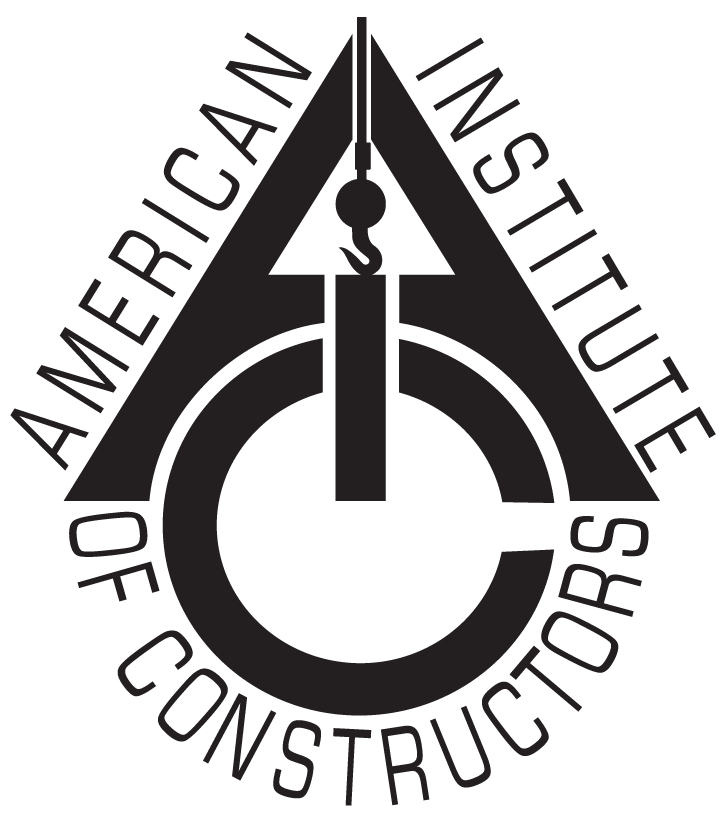Designing with Confidence
9 Things You May Not Know About Steel
Sponsored by American Institute of Steel Construction | Presented by Brian Raff, Carlo Lini and Rachel Chicchi Cross, Ph.D., SE, PE
Webinar On-Demand
This session will debunk nine common misconceptions about structural steel. Attendees will gain essential insights into how understanding these truths can lead to smarter, more effective decision-making in their projects. The session will cover key topics such as fire protection strategies, seismic and acoustic performance, and sustainability, equipping professionals with the knowledge to enhance safety, functionality, and environmental responsibility in their designs. This session is a valuable opportunity to deepen your expertise, providing practical strategies to save time and money, reduce risk, and achieve your project goals.

Photo courtesy of Built Work Photography LLC
 |
Brian Raff, is Vice President of the American Institute of Steel Construction, leading the association's efforts in Sustainability and Government Relations. Since 2005, Brian has led several key marketing and business development roles within AISC and the National Steel Bridge Alliance. In 2013, Brian left the Institute to serve as Marketing Director for one of North America's largest structural steel building and bridge fabricators before returning to AISC in 2017 to lead AISC's marketing communications and government affairs efforts. Mr. Raff graduated from Penn State University with a Bachelor of Architectural Engineering degree and received his MBA from DePaul University in Chicago, focusing on economic business strategy. |
 |
Carlo Lini, is the Director of the AISC Steel Solutions Center and is a licensed professional engineer. He earned his bachelor's degree from Michigan Technological University in 2002 and his master's degree from Purdue University in 2004. After graduating, Carlo worked as a staff engineer at Ruby + Associates for six-and-a-half years. While at Ruby, he worked on a variety of steel-related jobs. In his current role, Carlo oversees responses to email inquiries from engineers, architects, owners, and others with regard to the design and construction of structural steel buildings. |
 |
Rachel Chicchi Cross, Ph.D., SE, PE, is an Associate Professor at the University of Cincinnati in the Department of Civil & Architectural Engineering & Construction Management. She performs analytical and experimental research on the behavior of steel structures under fire and post-earthquake fire conditions. Dr. Cross is a voting member of the AISC Task Committee 8, which writes the specification on designing steel structures for fire conditions (Appendix 4 of AISC 360-22). She is a 2022 AISC Terry Peshia Early Career Faculty Award recipient and is currently writing the 2nd edition of the AISC Design Guide 19: Fire Resistance of Structural Steel Framing. |
The American Institute of Steel Construction is a non-partisan, not-for-profit technical institute and trade association representing the structural steel industry. AISC provides technical assistance and complimentary conceptual solutions to architects, engineers, code officials, and educators to promote better, safer, and more economical buildings, bridges, and other structures framed with structural steel.
Originally published in Architectural Record
Originally published in October 2024
LEARNING OBJECTIVES
- Identify common myths about structural steel to evaluate its suitability for construction projects.
- Evaluate fire protection requirements for steel structures and implement strategies for efficient fire protection design.
- Analyze the impact of cost, performance, and sound isolation on project outcomes related to seismic activity, vibrations, and acoustics.
- Explain how steel's role in the circular economy can enhance the sustainability and environmental performance of a project.












